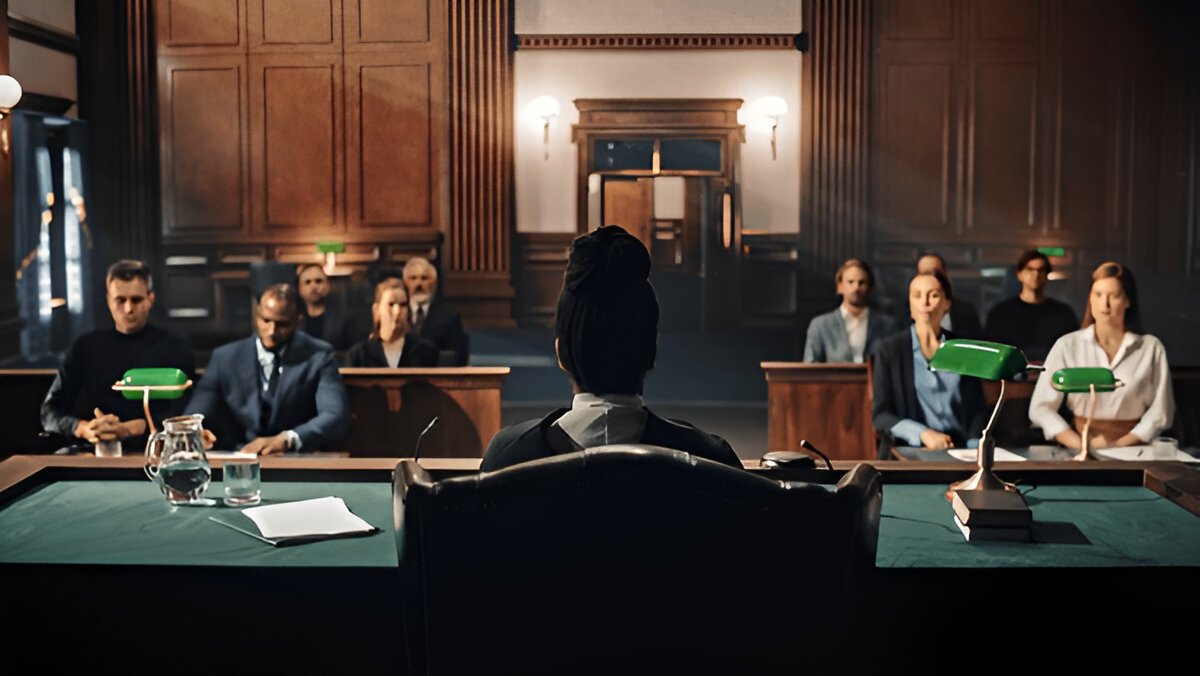Bench: Justices Surya Kant, Dipankar Datta, and Ujjal Bhuyan
Introduction
The Supreme Court reiterated that a writ petition under Article 32 of the Constitution cannot be used to challenge the final judgment of the Supreme Court itself. The judgment emphasized the importance of judicial finality, the doctrine of res judicata, and the structured remedies of review and curative petition provided under the Constitution.
Facts of the Case
The petitioners were retired government employees who were denied pensionary benefits under a repealed pension scheme. The Supreme Court had previously upheld the validity of this repeal in State of H.P. v. Rajesh Chander Sood (2016) 10 SCC 77, where it accepted the introduction of a cut-off date for pension benefits. Dissatisfied with the 2016 ruling, the petitioners filed a writ petition under Article 32, seeking to reopen and challenge the correctness of that decision. They argued that the Rajesh Chander Sood judgment was per incuriam for not considering the binding precedent in D.S. Nakara v. Union of India (1983) which disapproved arbitrary cut-off dates for pension schemes.
Issues
- Whether a writ petition under Article 32 can be entertained to challenge the correctness of a prior final judgment of the Supreme Court?
- Whether the decision in Rajesh Chander Sood (2016) was per incuriam for ignoring the precedent laid down in D.S. Nakara (1983)?
Contentions of the Petitioners
The petitioners argued that Rajesh Chander Sood (2016) was per incuriam as it failed to properly consider or apply the principles laid down in D.S. Nakara, which held that the use of arbitrary cut-off dates in pension policies violates Article 14 (Right to Equality). They contended that since fundamental rights were involved, a writ under Article 32 was maintainable even against a Supreme Court judgment.
Their pension rights, being a component of Article 21 (Right to Life), warranted constitutional scrutiny and a remedy under Article 32.
Contentions of the Respondents
The State of Himachal Pradesh contended that once the Supreme Court has delivered a final judgment, the only remedies available are review and subsequently, a curative petition, and not a writ under Article 32. It was submitted that the Rajesh Chander Sood judgment did not ignore the Nakara decision but had distinguished it based on facts. The respondents maintained that the petitioners were attempting to re-litigate the same issue, which would undermine the finality of judgments and create judicial chaos.
Court’s Analysis
The Court reaffirmed that Article 32, though part of the basic structure, is a remedial provision and not a substitute for review or curative processes. It held that permitting such writ petitions would erode judicial discipline, violate the principle of finality, and nullify the doctrine of res judicata. On the issue of per incuriam, the Court observed that Rajesh Chander Sood had consciously distinguished D.S. Nakara, and such a distinction does not render the judgment per incuriam. The Court cautioned that using Article 32 in this manner would lead to “endless litigation” and was “wholly misconceived”.
Conclusion
The Supreme Court dismissed the writ petition, holding it not maintainable under Article 32. It clarified that a Supreme Court judgment (whether at the stage of SLP or appeal under Article 136) can only be questioned via review and curative petition, not via Article 32. The judgment in Rajesh Chander Sood (2016) was held to be binding on the petitioners and not per incuriam.

